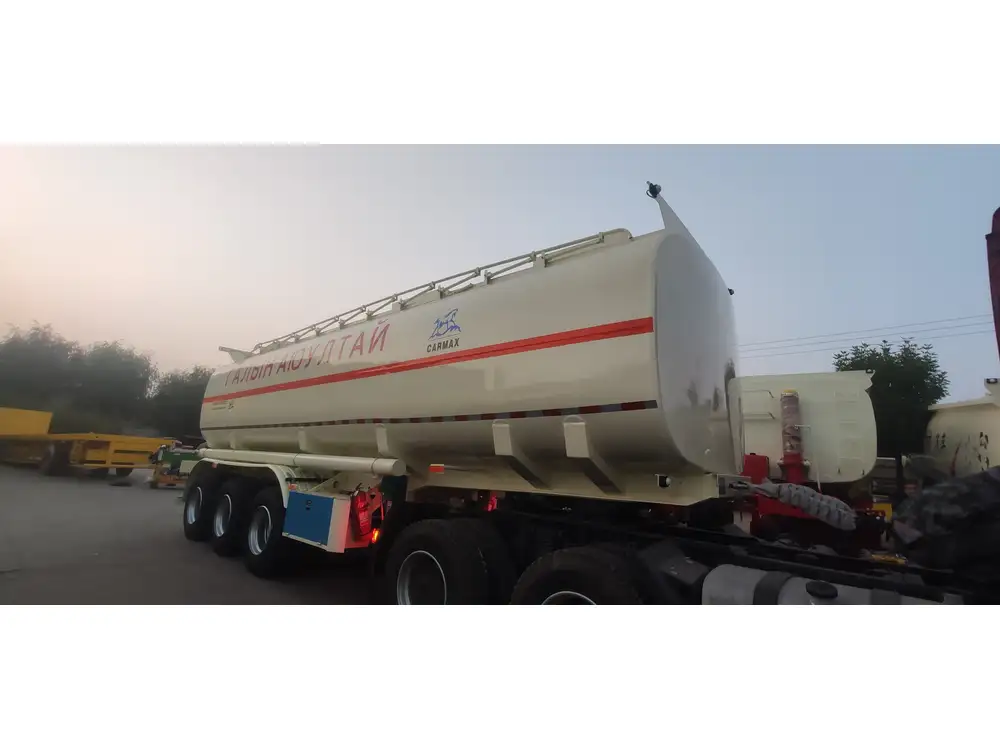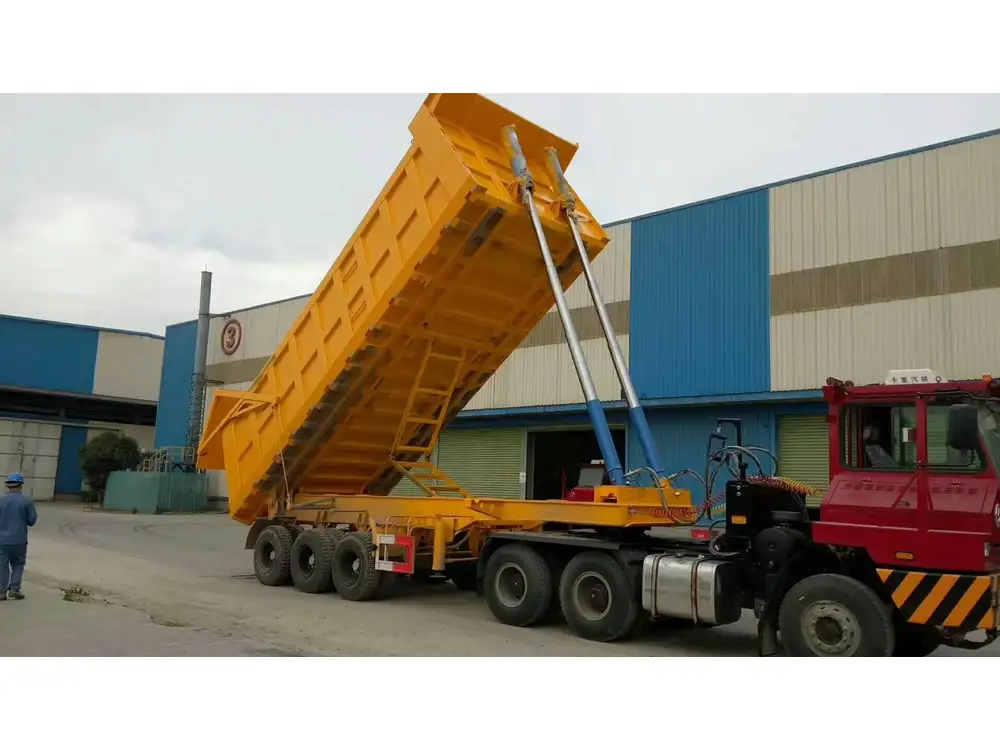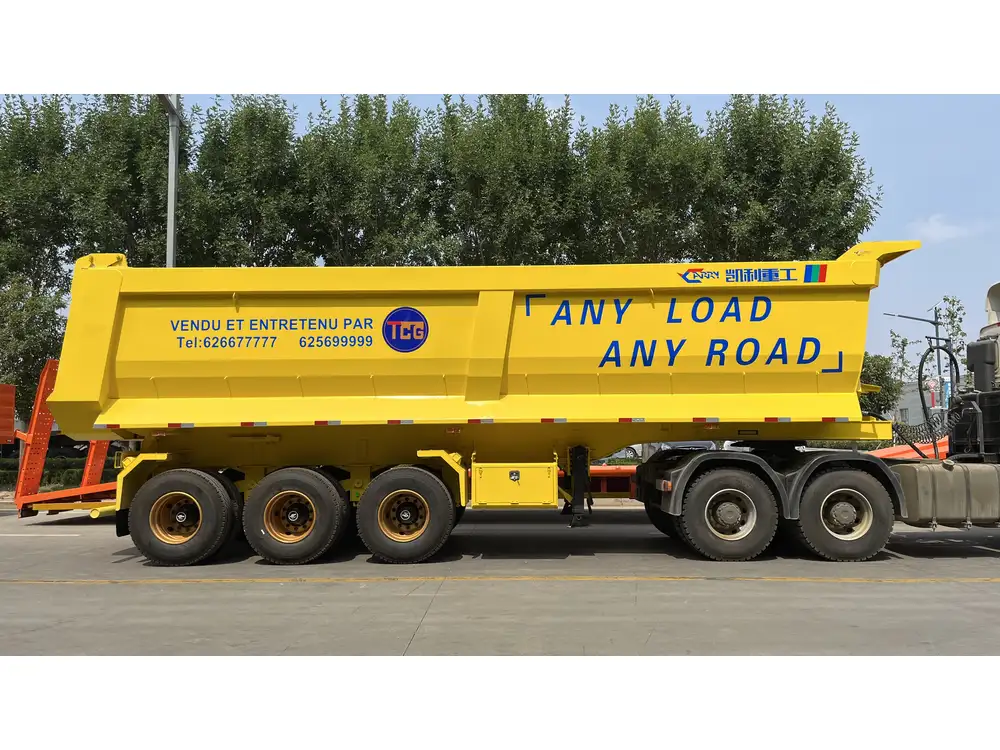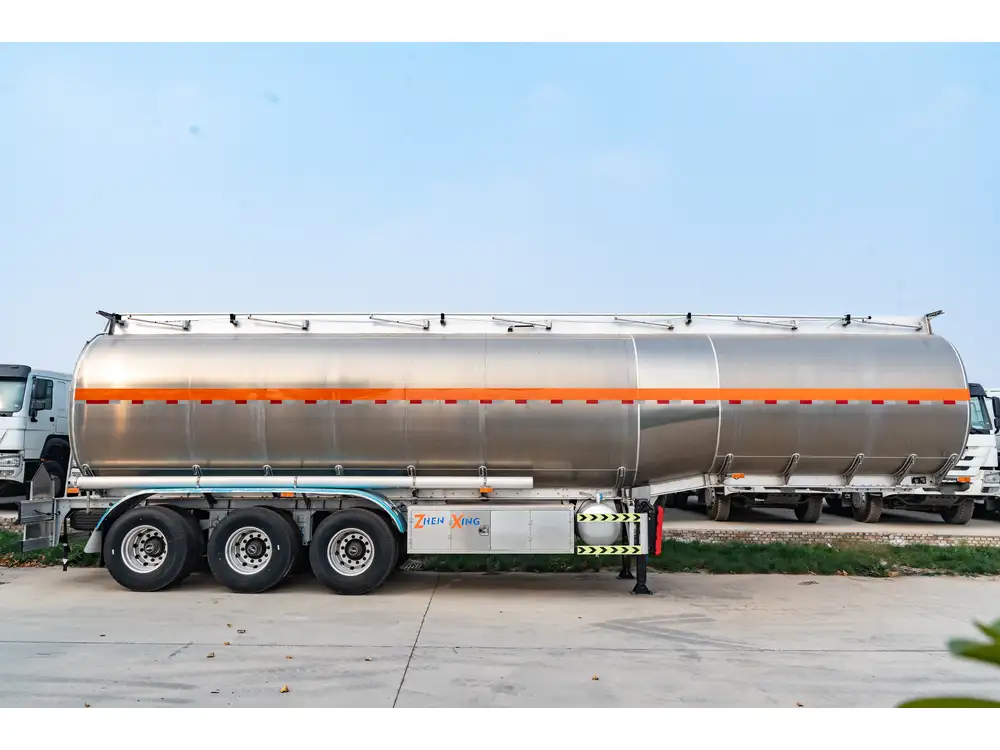When it comes to logistics, transportation efficiency, and regulatory compliance, understanding the dimensions of truck and trailer combinations is paramount. In this extensive article, we delve into various aspects related to the sizes of trucks and trailers, unpacking the intricacies of overall length, legal restrictions, and operational implications that can ensure seamless transportation.
The Standard Dimensions of Trucks and Trailers
Common Length Measurements
Trucks and trailers come in an array of configurations, each intended for specific purposes. The overall length of a truck and trailer unit can drastically change based on the type of vehicle and trailer combination employed. Let’s dissect some common configurations:
| Type of Vehicle | Typical Length (feet) | Typical Length (meters) |
|---|---|---|
| Standard Semi-Truck | 15 to 25 | 4.6 to 7.6 |
| Flatbed Trailer | 48 to 53 | 14.6 to 16.2 |
| Refrigerated Trailer | 48 to 53 | 14.6 to 16.2 |
| Dry Van Trailer | 48 to 53 | 14.6 to 16.2 |
Each of these units serves distinct industries and has unique loading capabilities, necessitating a meticulous assessment of their length and functionality.

Importance of Load Consideration
When calculating how long is a truck and trailer, it’s essential to also consider the load. Many states allow for longer combinations if the truck is carrying a specific type of load, such as bulk materials or specialized equipment.
- Weight Distribution: Load balancing affects handling, braking, and overall vehicle stability.
- Extended Hauls: Certain loads may allow for trailer lengths exceeding standard limits, provided they adhere to weight restrictions.
Legal Regulations Governing Truck and Trailer Lengths
Federal vs. State Regulations
In the United States, federal laws governing the maximum length for interstate trucking are dictated by the Federal Motor Carrier Safety Administration (FMCSA), which sets forth specific guidelines:
- Maximum Combined Length: The maximum allowable length for a semi-trailer truck can be up to 65 feet in most cases.
- State Variations: While federal law provides a baseline, individual states can impose stricter regulations. For instance, some states may limit the overall length to 60 feet for certain types of trucks.

Special Permits for Oversized Loads
For trailers that exceed the federal or state limits, obtaining special permits becomes necessary:
- Movement Restrictions: Many states restrict oversized vehicles from traveling during peak hours or on certain roadways to ensure safety.
- Escort Requirements: Some jurisdictions mandate an escort for lengthy combinations to enhance safety and compliance.
Analyzing Truck-and-Trailer Combinations
1. Standard Semi-Truck and 53-Foot Trailer
The quintessential combination for long-distance freight transport is the standard semi-truck coupled with a 53-foot trailer.
- Total Length: Approximately 70 to 75 feet.
- Cargo Capacity: Up to 26,000 pounds when fully loaded for freight operations.

2. Flatbed Trailer with a Container
Flatbeds are versatile, often used for transporting heavy machinery or bulkier cargo that can’t fit inside an enclosed trailer.
- Total Length: Ranges from 48 to 53 feet.
- Loading Ease: Low-profile design ensures easy loading and unloading using cranes or forklifts.
3. Refrigerated Trailer
Reefer trailers are crucial in preserving perishable goods. Their standard length does not differ significantly from a standard dry van.
- Total Length: Typically 53 feet.
- Temperature Control: Advanced insulation technology ensures product integrity over long hauls.
Functional Applications of Truck and Trailer Length
Utilizing the correct truck and trailer length not only complies with regulations but also directly influences operational efficiency and cost-effectiveness.

Delivering Efficiency in Logistical Operations
The ability to deftly maneuver longer truck-trailer combinations:
- Increased Payload: Longer trailers can accommodate more goods, reducing the number of trips required for delivery.
- Route Optimization: Understanding truck dimensions aids logistics planners in designing routes that minimize time and fuel expenditure.
Environmental Impact and Sustainability
Longer vehicles may sometimes contribute to a reduction in carbon footprint due to fewer trips being needed. With an increased emphasis on sustainability, the trucking industry adapts through optimizing loads while adhering to environmental regulations.
The Science Behind Truck and Trailer Dynamics

Key Factors Influencing Road Behavior
Understanding vehicle dynamics associated with trailer length and weight distribution is significant for safe and effective driving:
- Turning Radius Assessment: Longer combinations necessitate a greater turning radius. Fatal accidents often occur due to improper turns—awareness is crucial.
- Brake Performance: Longer vehicles require specialized braking systems to effectively manage stopping distances, particularly under heavy loads.
Trailer Stability and Aerodynamics
- Wider Trailers: A wider profile can enhance stability but may affect maneuverability.
- Aerodynamic Features: Many modern trailers employ designs aimed at reducing air resistance, which can optimize fuel efficiency over lengthy hauls.
Technological Advances in Truck and Trailer Manufacturing

Innovations in Design
Modern semi-trailer construction utilizes advanced materials and technology, contributing to weight reduction and enhanced strength:
- Aluminum vs. Steel: Aluminum trailers may reduce weight by up to 15% compared to traditional steel counterparts, improving load capacity and fuel efficiency.
- Smart Trailers: New generational trailers are outfitted with GPS and sensor technology for real-time tracking and monitoring of conditions, further enhancing operational decision-making.
Future Trends in Trucking Lengths
The evolution of trucking regulations also sees implications for future toolsets:
- Potential for Longer Combinations: Some regions are discussing rules for larger freight trucks that can legally transport higher loads, potentially optimizing logistics further.
Conclusion
Comprehending how long a truck and trailer combination is, involves analyzing multiple factors including legal limits, operational requirements, and the physical dynamics of the vehicles involved. This understanding aids not just in compliance, but in efficiency, safety, and cost-effectiveness. Adapting to innovations and keeping abreast with legislative changes ensures that we remain competitive and compliant in an ever-evolving transportation landscape. For businesses in the transport industry, the importance of correctly assessing truck and trailer dimensions cannot be overstated; they are pivotal for maximizing both performance and profitability in logistics operations.



